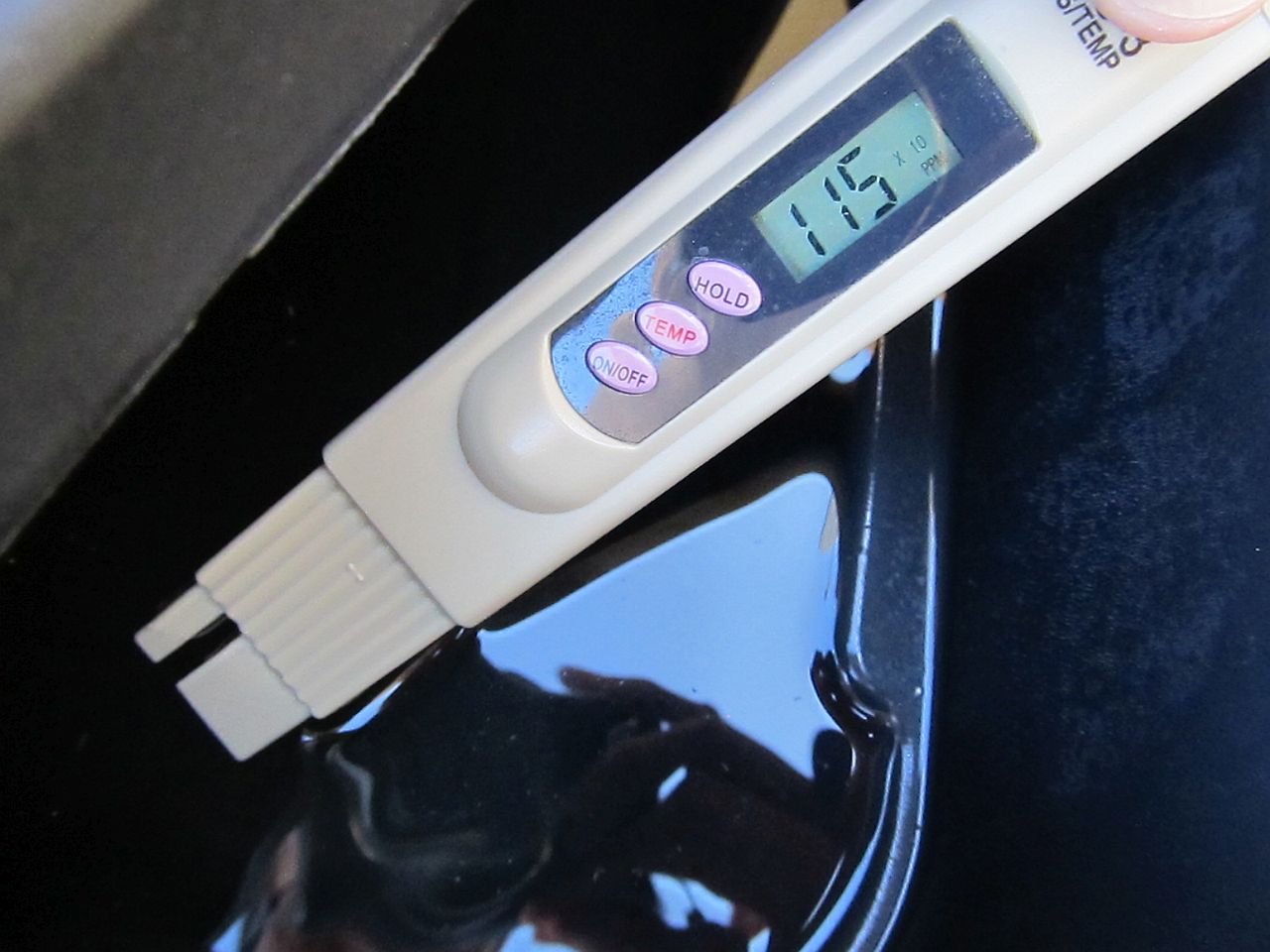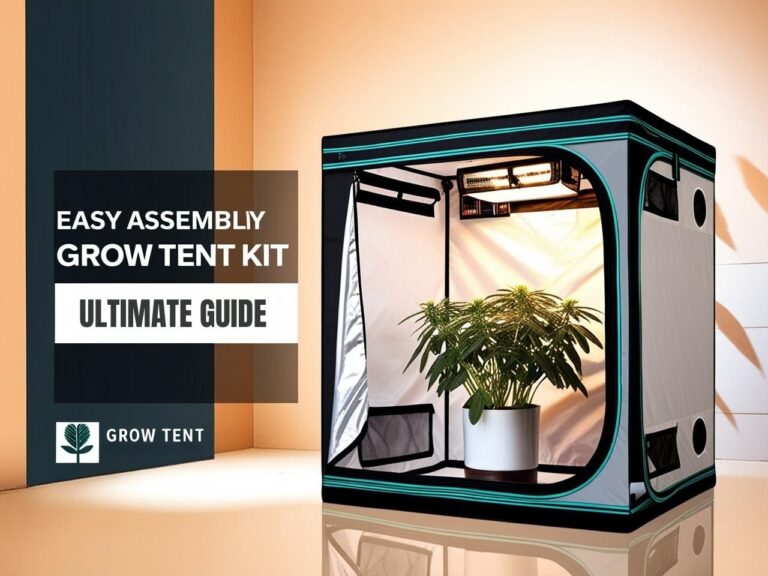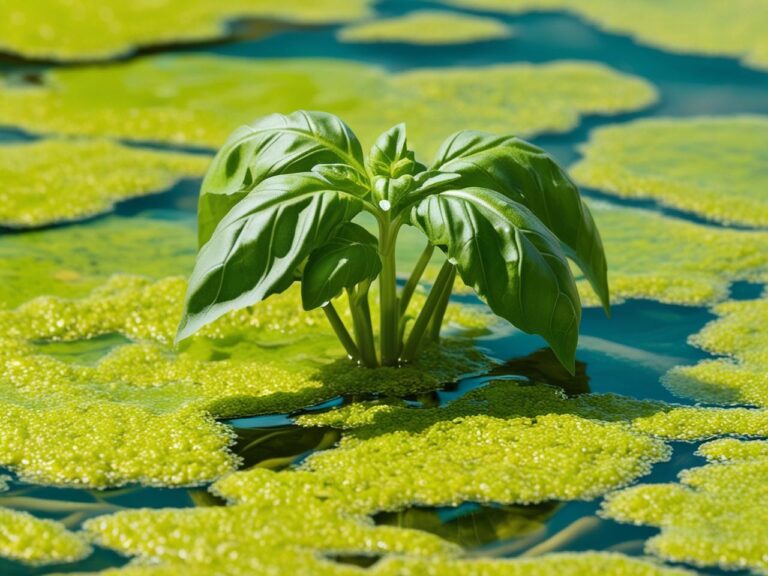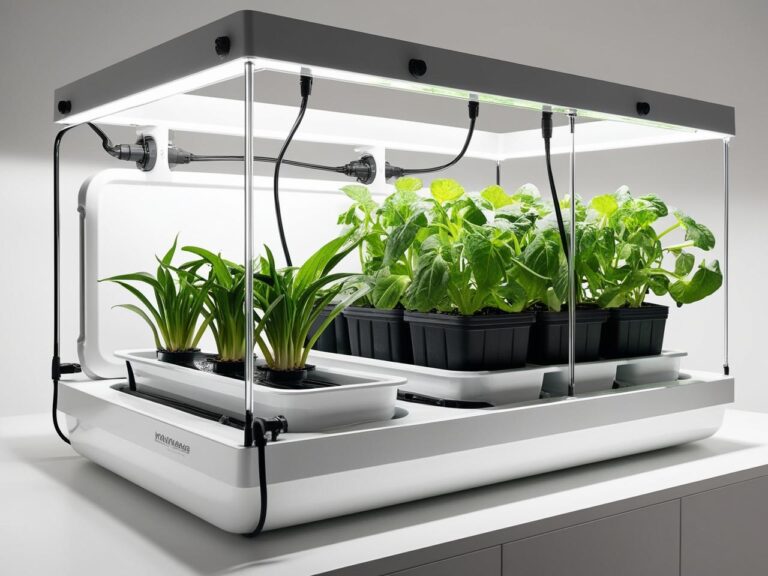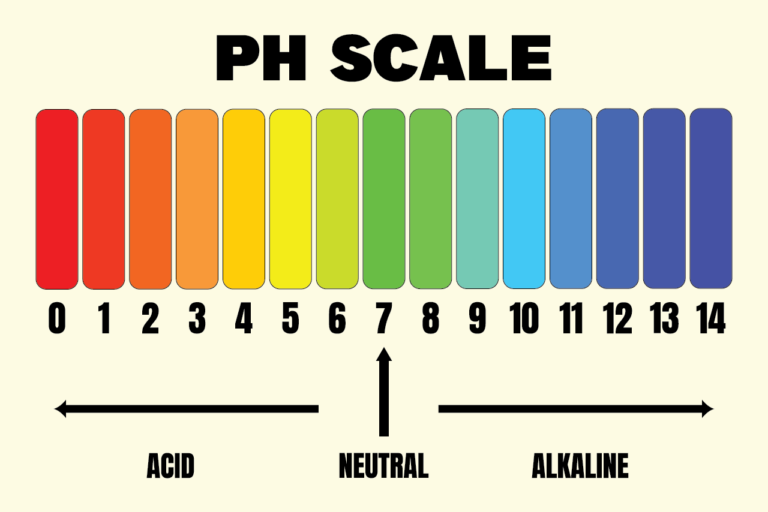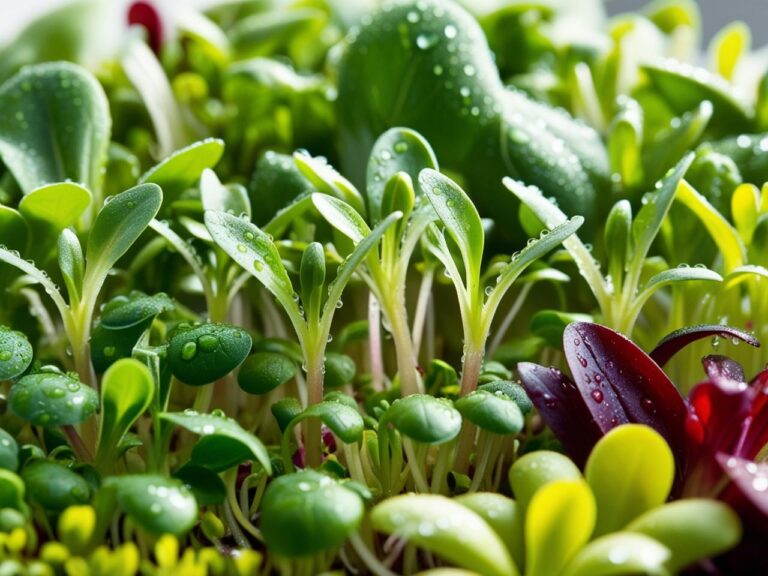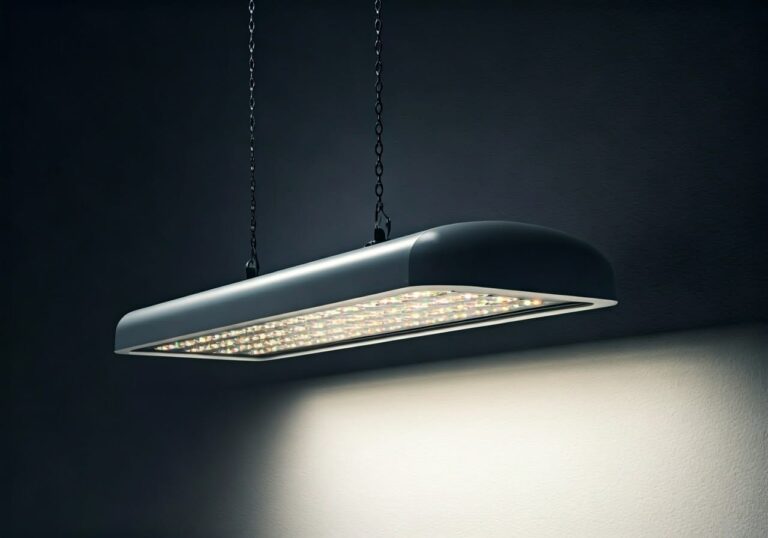Troubleshooting Advanced Hydroponic Systems: Tips for Success
Hydroponics offers a unique, efficient way to grow plants without soil, but it’s not without challenges, especially as systems become more advanced. In these setups, even a minor issue can affect growth and yield. Whether you’re dealing with nutrient imbalances, pH fluctuations, or root rot, understanding how to troubleshoot common issues will save you time and keep your garden healthy. Let’s dive into some key troubleshooting tips for advanced hydroponic systems, so you can prevent small problems from turning into costly setbacks.
1. Nutrient Imbalances
Nutrient imbalances are one of the most frequent issues in hydroponics, especially in advanced setups where plants require precise feeding.
- Signs: Yellowing leaves (nitrogen deficiency), purple stems (phosphorus deficiency), and browning leaf edges (potassium deficiency) are all common signs.
- Solutions:
- Check Nutrient Levels: Regularly test your nutrient solution with a TDS (Total Dissolved Solids) meter to ensure levels are within the recommended range for your plants.
- Adjust Ratios: Different growth stages require different nutrient ratios, so adjust according to whether your plants are in the vegetative or flowering phase.
- Flush the System: If nutrient lockout occurs (when plants can’t absorb nutrients due to build-up), flush your system with pH-balanced water and gradually reintroduce nutrients.
Related: How to Choose the Best Hydroponic Nutrients for Your Garden
2. pH Fluctuations
Maintaining a stable pH is essential, as improper pH levels can prevent nutrient absorption and stunt plant growth.
- Signs: Yellowing leaves, nutrient deficiencies, and slow growth often point to pH issues.
- Solutions:
- Regular Testing: Use a pH meter to test the solution daily. Most plants do best in a pH range between 5.5 and 6.5.
- Adjust pH Slowly: If the pH is too high or low, adjust it gradually using pH up or pH down solutions to avoid shocking the plants.
- Maintain a Stable Environment: Temperature fluctuations and air exposure can affect pH, so keep your setup in a controlled environment.
3. Root Rot and Fungal Infections
Root rot, often caused by poor water quality or low oxygen levels, can be a major threat to hydroponic plants.
- Signs: Brown, slimy roots with a foul odor are classic signs of root rot.
- Solutions:
- Increase Aeration: Use an air pump or oxygen stones to keep water well-oxygenated, as oxygen-poor water encourages fungal growth.
- Clean System Components: Disinfect your tanks, tubing, and other components regularly to prevent pathogens from building up.
- Introduce Beneficial Microbes: Adding beneficial microbes like Trichoderma can help prevent root rot by outcompeting harmful fungi.
4. Water Quality Issues
Water quality is critical for hydroponic health. Hard water, containing excess minerals, can disrupt nutrient balance, while contaminated water introduces pathogens.
- Signs: Algae growth, nutrient lockout, and pH instability can signal poor water quality.
- Solutions:
- Use RO (Reverse Osmosis) Water: RO water removes excess minerals and contaminants, giving you more control over nutrient levels.
- Install a Water Filter: A filter can help reduce impurities and prevent mineral build-up in the nutrient solution.
- Change Water Regularly: Replace water every 1-2 weeks to ensure it remains clean and nutrient-rich.
5. Temperature and Humidity Control
Hydroponic systems are sensitive to temperature and humidity changes, which can affect both plant health and nutrient stability.
- Signs: Wilting, nutrient deficiencies, or slowed growth may result from improper temperatures or humidity levels.
- Solutions:
- Monitor and Maintain Ideal Temperature: Most plants thrive at 65-75°F (18-24°C). Use fans or AC units to keep temperatures stable.
- Humidity Control: Keep humidity levels between 50-70% to prevent mold and mildew. A dehumidifier can help if levels are too high.
- Insulate the Reservoir: If water temperatures exceed 70°F (21°C), consider insulating the reservoir or using a water chiller.
6. Light Burn and Inadequate Lighting
Lighting is critical in hydroponics, and advanced systems often use powerful lights that, if positioned incorrectly, can lead to light burn or inadequate coverage.
- Signs: Leaves may become scorched, discolored, or show signs of bleaching if lights are too close, while too little light causes leggy, weak growth.
- Solutions:
- Adjust Light Distance: Maintain appropriate distance based on the light type, LEDs for example, should be around 12-18 inches away from plants.
- Rotate Plants: Rotate plants periodically to ensure even light exposure, particularly if you have a multi-level setup.
- Control Light Cycles: Use timers to provide the correct light cycle for the growth phase (typically 16-18 hours for vegetative and 12 for flowering).
Related: Maximizing Yields with Advanced Hydroponic Lighting Solutions
7. Pest Control in Hydroponics
Even indoor hydroponic setups are not immune to pests, with common culprits including aphids, spider mites, and fungus gnats.
- Signs: Stunted growth, holes in leaves, or visible pests on plants.
- Solutions:
- Maintain Cleanliness: Regularly clean your grow area to reduce pest attraction.
- Introduce Natural Predators: Ladybugs or beneficial nematodes can help manage pest populations naturally.
- Use Insecticidal Soap: Organic insecticidal soap can control minor infestations without harming plants. Avoid harsh chemicals that could damage the system or harm plant health.
8. Pump and Flow Rate Issues
Advanced hydroponic systems rely heavily on pumps to circulate nutrients and oxygen. Malfunctioning pumps or incorrect flow rates can disrupt nutrient delivery.
- Signs: Poor plant growth, drooping, or signs of nutrient deficiency.
- Solutions:
- Regular Pump Maintenance: Check pumps for clogs or wear and tear, and clean regularly to ensure consistent flow.
- Adjust Flow Rate: Ensure flow rates are appropriate for your system type; for instance, NFT (Nutrient Film Technique) systems require a gentle flow, while DWC (Deep Water Culture) systems benefit from higher oxygenation.
- Invest in a Backup Pump: Having a backup pump on hand can save your plants if the main pump fails.
Related: Advanced Hydroponic Techniques: Aeroponics vs. Nutrient Film Technique
Conclusion
Troubleshooting advanced hydroponic systems may seem complex, but with the right strategies, you can maintain a healthy, high-yield garden. By monitoring pH, managing temperature, ensuring good water quality, and keeping a close eye on your plants’ health, you’ll be well-equipped to handle common issues as they arise. Don’t let small setbacks discourage you, every grower experiences challenges, and each problem solved brings you closer to a thriving, productive hydroponic system. Happy Gardening!

